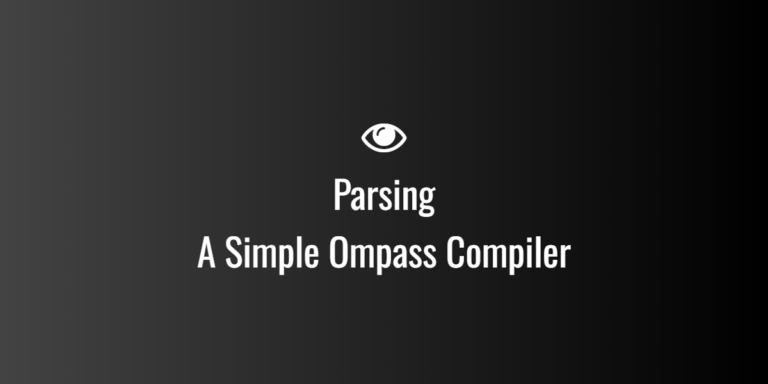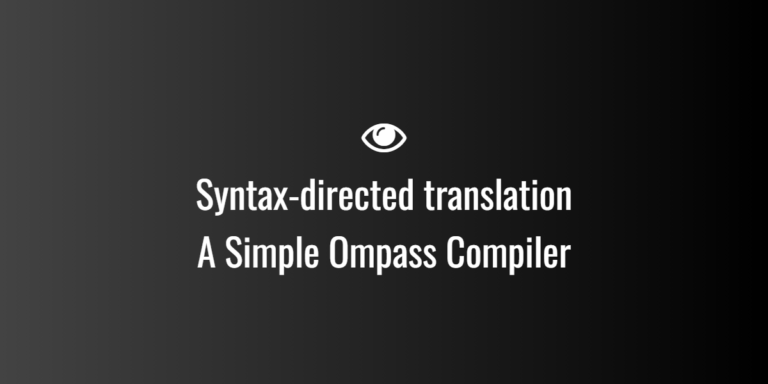
Stop-and-Wait Protocol in Computer Network
The Stop-and-Wait Protocol is one of the simplest and most fundamental protocols used in data communication to ensure reliable data transmission between two devices, typically a sender and a receiver. It is a flow control protocol, meaning that it controls the rate of data transmission between two devices to prevent the sender from overwhelming the receiver.
In this protocol, the sender transmits a data frame and then waits for an acknowledgment (ACK) from the receiver before sending the next frame. The sender is in a “waiting” state until it receives the ACK. If the sender doesn’t receive an acknowledgment within a specified timeout period, it will retransmit the same frame.
Key Characteristics
- Simple and Reliable:
- The protocol ensures that data is reliably delivered by requiring acknowledgment for each frame before sending the next.
- Flow Control:
- It controls the flow of data between the sender and receiver to ensure the receiver isn’t overwhelmed with too many frames at once.
- Synchronization:
- The sender and receiver need to remain synchronized, with the sender waiting for an acknowledgment before proceeding.
- Timeout Mechanism:
- If the sender doesn’t receive the acknowledgment within a given time period (due to network issues or lost frames), it assumes the frame was lost and retransmits it.
Working of the Stop-and-Wait Protocol
- Sender Side:
- The sender sends a data frame to the receiver.
- After sending the frame, the sender waits for an acknowledgment (ACK) from the receiver.
- The sender will not send the next frame until it receives the acknowledgment.
- Receiver Side:
- The receiver receives the data frame and sends an acknowledgment (ACK) back to the sender, indicating successful reception.
- If the receiver detects an error in the received frame, it may discard the frame, and the sender will not receive an acknowledgment, prompting a retransmission.
- Timeout and Retransmission:
- If the sender doesn’t receive an acknowledgment within the timeout period, it will retransmit the same frame.
- This ensures that frames are eventually delivered even in the case of transmission errors or lost packets.
Example of Stop-and-Wait Protocol
Let’s consider an example where a sender wants to transmit data in 3 frames to a receiver using the Stop-and-Wait Protocol.
- Sender: S
- Receiver: R
Scenario:
- S sends Frame 1 to R.
- S sends the first frame (Frame 1) and waits for the acknowledgment (ACK) from R.
- R receives Frame 1 and sends back an ACK for Frame 1.
- The receiver receives the frame correctly and sends back an acknowledgment (ACK1) indicating that Frame 1 was received.
- S receives ACK1 and then sends Frame 2 to R.
- After receiving ACK1, S sends the second frame (Frame 2) and waits for the acknowledgment (ACK) for Frame 2.
- R receives Frame 2 and sends back an ACK for Frame 2.
- R successfully receives Frame 2 and sends back an acknowledgment (ACK2).
- S receives ACK2 and sends Frame 3 to R.
- After receiving ACK2, S sends the third frame (Frame 3).
- R receives Frame 3 and sends back an ACK for Frame 3.
- R successfully receives Frame 3 and sends back the final acknowledgment (ACK3).
- S receives ACK3 and concludes the transmission.
Case of Packet Loss (Retransmission Example):
Now, assume Frame 2 is lost during transmission:
- S sends Frame 1 → R sends ACK1.
- S receives ACK1, sends Frame 2, but it is lost.
- R doesn’t receive Frame 2 and therefore doesn’t send ACK2.
- S waits for ACK2 but doesn’t receive it within the timeout period.
- S retransmits Frame 2.
- R receives Frame 2, sends ACK2.
- S receives ACK2, and the transmission proceeds as usual.
Advantages of Stop-and-Wait Protocol
- Simplicity:
- The protocol is easy to understand and implement due to its simplicity.
- Error Control:
- It ensures reliable delivery by requiring an acknowledgment for each frame and retransmitting lost frames.
- Flow Control:
- It controls the flow of data between sender and receiver, preventing the receiver from being overwhelmed with too many frames.
Disadvantages of Stop-and-Wait Protocol
- Inefficient:
- The protocol is inefficient for high-latency or high-bandwidth networks because the sender spends much of its time waiting for acknowledgments. The sender only sends one frame at a time and cannot send any additional frames until it receives an acknowledgment for the previous one.
- Low Throughput:
- Since only one frame can be sent at a time, the throughput of the communication is limited by the round-trip time (RTT) for the acknowledgments.
- Delay:
- The waiting time for acknowledgment increases the total transmission time, especially for networks with high latency.
Example: Transmission Time Calculation
Assume:
- Frame size = 1000 bytes
- Transmission rate = 1000 bytes per second
- Round-trip time (RTT) = 2 seconds
The total transmission time for sending one frame and waiting for acknowledgment can be calculated as:

Thus, it takes 3 seconds to transmit one frame and receive an acknowledgment in this scenario.
Conclusion
The Stop-and-Wait Protocol is a fundamental protocol used in data communication for ensuring reliable transmission by waiting for an acknowledgment after sending each frame. While simple, it can be inefficient in high-latency networks, and more advanced protocols like Sliding Window and Go-Back-N are often used in practice for higher efficiency. However, it remains a valuable learning tool for understanding the principles of reliable data transmission.





I抳e been exploring for a little bit for any high-quality articles or weblog posts in this sort of area . Exploring in Yahoo I eventually stumbled upon this website. Reading this info So i抦 glad to exhibit that I’ve an incredibly good uncanny feeling I came upon exactly what I needed. I most for sure will make certain to do not omit this web site and provides it a glance regularly.
Thanks , I have recently been looking for info about this subject for ages and yours is the best I’ve discovered till now. But, what about the conclusion? Are you sure about the source?
Thank you for being of assistance to me. I really loved this article. http://www.kayswell.com